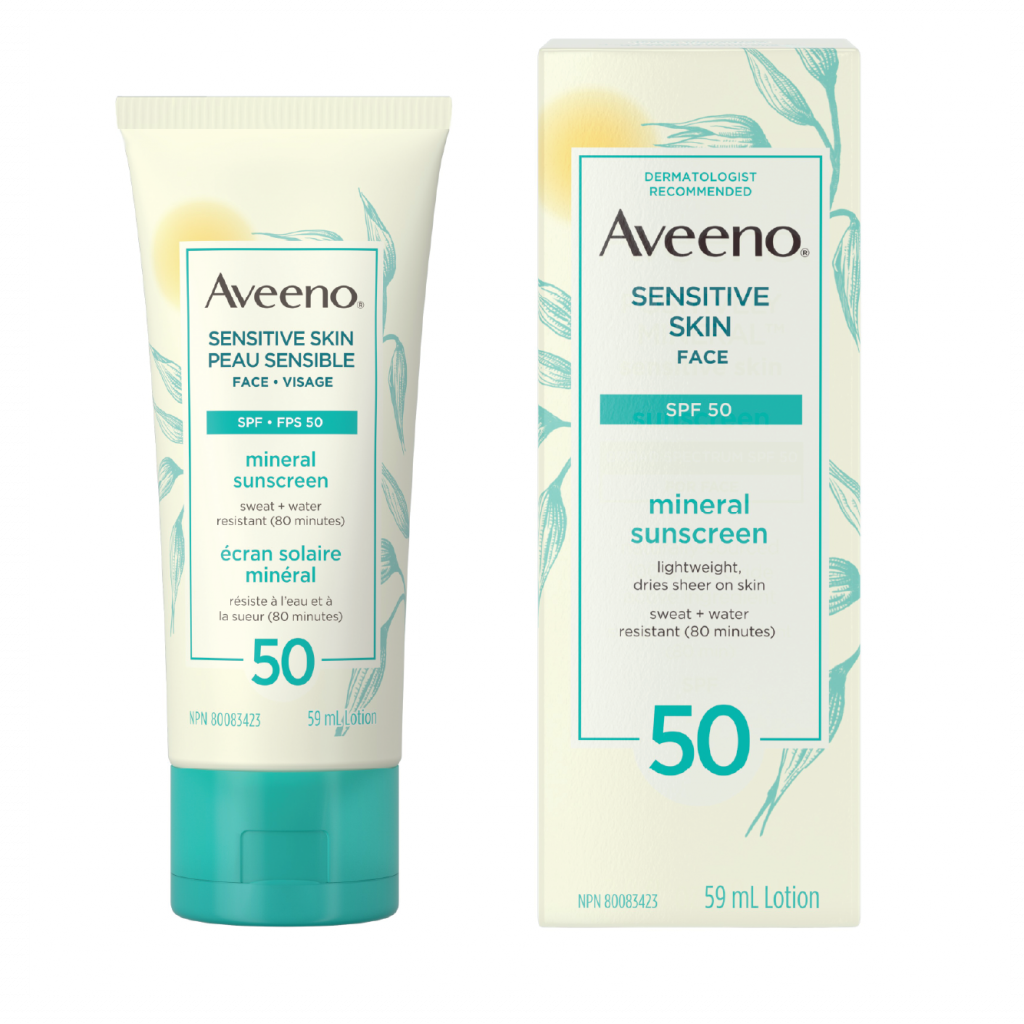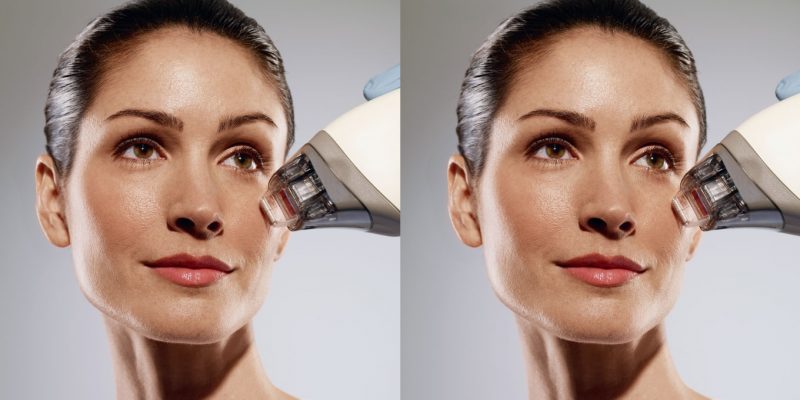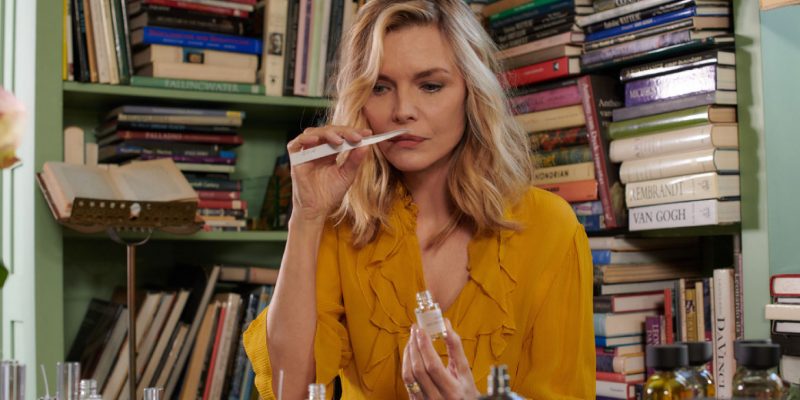Skincare
Every item on this page was chosen by an ELLE Canada editor. We may earn commission on some of the items you choose to buy.
The Best Skincare Products to Use During Cancer Treatment
Rethinking your skincare routine is important.
by : Ingrie Williams- Nov 2nd, 2022

STOCKSY
There’s something magical trickling through the town of La Roche-Posay, France, just a short train ride from Paris. Nicknamed “velvety water,” the microflora-rich spring water has a unique composition of minerals and trace elements—such as selenium, calcium, bicarbonate and silicates that deliver clinically proven therapeutic benefits, which are also offered by the newly renovated La Roche-Posay Thermal Cure centre. Open since 1905, the state-of-the-art facility annually welcomes more than 7,500 clients who are suffering from severe skin issues, such as eczema, psoriasis and burns. A treatment program prescribed by the centre involves gentle baths and localized misting as well as less-gentle filiform showers. (Imagine an intense hose-down.) “[The treatments] regulate the immune system, soothe inflammation and accelerate the healing of the skin,” says Dr. Delphine Kerob, dermatologist and scientific director of La Roche-Posay Laboratories. “[The] thermal water also makes the skin softer.”
Since 2008, the centre has also supported 21,000 cancer patients suffering from skin issues as a result of treatments. While different cancer treatments can impact the skin in different ways, common side effects include dryness, itchiness, rashes, alopecia, folliculitis (inflammation of the hair follicle) and hand-foot syndrome (severe dryness with redness and sometimes painful swelling of palms and soles). “[These side effects] can not only impact the course of a treatment but also significantly alter the quality of life for patients and lead to additional stress,” says Kerob.
Beyond the spa, the brand is committed to lending a healing hand on a global scale by raising awareness of an aspect of the cancer experience that’s rarely touched on. “In general, the majority of [cancer] patients find that [their] treatment has an impact on their skin,” says Dr. Tarek Hijal, associate professor of oncology at Montreal’s McGill University and director of the radiation oncology division at McGill University Health Centre. “For example, with breast cancer, 80 percent of patients will experience some skin changes during or immediately after radiation treatment. The skin can become red and itchy and peel off. In the long term, it can become lighter or darker and less elastic.”
Dr. Maxwell Sauder, an onco-dermatologist at Toronto’s Princess Margaret Cancer Centre and assistant professor at the University of Toronto, has dedicated his career to studying and alleviating epidermal reactions to cancer treatments and considers informed self-care to be vital. “If you’re diagnosed with cancer and you’re going to be treated, my general advice is that you need to set yourself up for success by instituting a very simple dermo-cosmetic regimen that will reduce the general inflammation of the skin,” he says.
All three doctors agree on following a three-step routine. The protocol starts with cleansing the skin using a gentle pH-balanced cleanser, ideally one that’s free of common allergens, such as fragrance. “It is still important to wash the skin, but the right soap must be chosen to avoid [irritating it further],” says Hijal. Being mindful of time and temperatures can also enhance comfort levels. “[You] can bathe every day, no problem,” says Sauder. “But, just like someone with eczema, you want to limit it to less than 10 minutes at a time.” And stick with mild temperatures. “Long, hot showers can dehydrate the skin, which can lead to inflammation,” he says. Step two is to moisturize daily. “The skin barrier will be disrupted because of cancer treatments, and it is important to protect it as much as possible,” says Hijal. Product texture, which is influenced by ingredients, makes a difference here. “People who are about to start the cancer-[treatment] journey [are] more likely to require a cream that has more oil than water content,” says Sauder. Bypass anything that looks like a runny lotion in favour of a buttery cream or thick balm for HEALTHenhanced barrier reinforcement. Sun protection is the third step—don’t skip it. “A lot of these reactions can be driven by UV radiation,” says Sauder. A physical- or mineral-filter formula (look for the ingredients zinc oxide and/or titanium dioxide) with an SPF of 50 is ideal. Hijal suggests using both sunscreen and physical barriers (think hats and long sleeves). “Protecting the skin from the sun is extremely important to avoid further skin damage,” he says.
If you’re going through a cancer treatment and notice changes in your skin, it’s best to bring this up with your medical team as soon as possible. “The sooner you address it, the easier it is,” says Sauder. “Don’t try to just push through it. Don’t think it’s just a little bit of a skin rash.” In some cases, it can be an indication that you’re responding to the treatment, he says, and there are various ways to help the skin without interrupting or scaling back the treatment.
With the advancement of cancer treatments, such as those in the growing field of immunotherapy, more evidence-based studies into how they impact the skin are needed. Levelling up its support, La Roche-Posay has two new important partnerships: one with the Union for International Cancer Control (the worldwide NGO leading the fight against cancer since 1930) and the other with the Multinational Association of Supportive Care in Cancer, which is focused on leading a new international multi-expertise board with the aim of updating scientific knowledge. “What we’re also very excited about is finding new ways of collaborating with all the stakeholders of the ecosystem—from oncologists and dermatologists through to patients and caregivers—to better raise awareness and have more impact,” says Kerob. The ultimate goal is to eliminate patient shock, guilt and shame (that “if only I’d known” feeling) while also easing the powerlessness caregivers helping a loved one facing cancer can feel. “Dermatological skincare solutions exist, and anticipation is key [when it comes] to lowering the skin toxicities of cancer treatments, but spreading the word remains a challenge,” she adds.
With the Canadian Cancer Society estimating that an average of 641 Canadians will be diagnosed with cancer every day this year, word of mouth is invaluable. “Not a lot of education is being done at the beginning of the journey,” says Sauder. “The more people actually think about this and bring it up with their doctors the better, because I think that will improve outcomes overall.”
Newsletter
Join our mailing list for the latest and biggest in fashion trends, beauty, culture and celebrity.
Read Next

Fashion
Meredith Shaw and Penn Have Created a Plus-Size Summer Dress Collection That "Feels Like Candy"
Morning Show Host Meredith Shaw wants you to "see your summer" in this curated collection for sizes 14-32.
by : Allie Turner- Apr 25th, 2024

Beauty
ELLE Tried It: Five Serums to Up Your Skincare Game
Members of the ELLE team tested Avène Dermatological Laboratories’ five new concentrated serums. Here's what they thought.
by : ELLE Canada- Apr 25th, 2024

Beauty
Tested and Approved: Your New Hydrating Skincare BFF
This new product has all of your skin’s thirst-quenching needs covered.
by : ELLE Canada- Apr 17th, 2024







